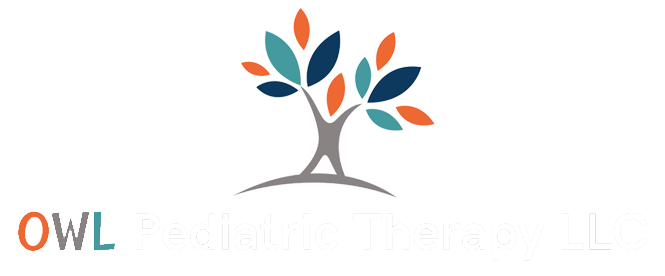
Stuttering typically starts between 2 ½ and four years of age. Around this age, it is also common for children to go through a period of “nonfluencies” where they exhibit dysfluent speech as their language system expands. A speech-language pathologist can help to evaluate and differentiate between normal nonfluencies and a stuttering disorder. Some dysfluencies are normal in everyday speech. Most people use verbal fillers like “um” or “like” in their spontaneous speech. However, a fluency disorder presents differently. For example, a person with a stutter may experience:
- Repetitions: repeating a sound, word, or part of a word (e.g., That is my b-b-b-book)
- Prolongations: extending a sound (e.g., That is mmmmmmy book)
- Blocks: tension in the speech track, which prevents omission of the air, and therefore, production of sound.
To diagnose a stuttering disorder, the speech-language pathologist will look at many factors, including:
-
The type and frequency of stuttering
-
The duration and tension of moments of dysfluency
-
Family history of stuttering
-
The emotional reaction to moments of dysfluency
-
Presence of other speech and language disorders
The goal of therapy for an individual who stutters is not to eliminate moments of stuttering completely. Instead, the goal is to help the individual reduce the frequency of stuttering and tension around the moment of dysfluency for more effective communication. Also, we work on increasing the individual’s participation in everyday activities. The individual may also work on self-advocacy skills and education around stuttering.


